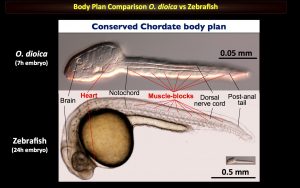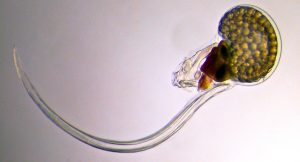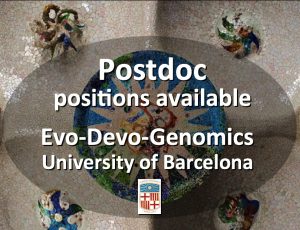New H2020 project will manufacture novel stem cell products for clinical trials in Type 1 Diabetes
Posted by Noami Dayan, on 13 December 2019
The ISLET project is a multi-center collaboration of leading European researchers that has been awarded 8 million Euros in a 5-year period. The project will develop advanced stem cell products ready for use in clinical trials in Type 1 Diabetes. Professor Henrik Semb from DanStem is coordinating the project.
The ISLET project will develop a manufacturing pipeline for stem cell-based products to treat patients with Type 1 Diabetes. In Type 1 Diabetes a patient’s immune system destroys the beta cells within the islets of Langerhans in the pancreas making a patient dependent on life-long delivery of insulin. Based on in-house methods, ISLET will deliver a product composed of clusters of insulin-producing beta cells, derived from human pluripotent stem cells, ready to be used in phase 1 clinical trials.
ISLET also aims to advance this product by engineering clusters of hormone-producing cells that not only consist of the insulin-producing beta cells but also other hormone-producing islet cells, thereby engineering a product that is more alike the islets of Langerhans that are found in the pancreas.
Finally, ISLET researchers will develop innovative solutions to a common bottleneck in stem cell therapy, namely how to predict the therapeutic capacity of stem cell products.
With hubs at University of Copenhagen, Denmark, and the Helmholtz Diabetes Center, Munich, Germany, the European team of world-leading and complementary expertise has been carefully hand-picked to move the work smoothly from the lab bench to the clinic and to market the new products.
“I am very proud that prominent researchers from the University of Copenhagen will participate in taking a great leap forward in the field of diabetes research. The ISLET project, coordinated by Professor Henrik Semb, is a strong example of complementary collaboration between world-leading researchers. Furthermore, this demonstrates how long-term dedication to basic research can have transformative effect. Thus, I hope that future patients will benefit from the development of the clinical stem cell-based transplantation program, says Ulla Wewer, Dean at The Faculty of Health and Medical Sciences, University of Copenhagen”.
The funding is awarded through the Horizon 2020 EU Research and Innovation actions programme that also supported the discoveries that laid the foundations for ISLET, in previous funding rounds.
Type 1 Diabetes is a global health challenge, affecting more than one million children and adolescents worldwide, with close to 129,000 new cases diagnosed each year. Diabetes impacts on quality of life and is a major cause of blindness, kidney failure, heart attacks, stroke and lower limb amputation. The condition is a severe economic burden on healthcare and the labour force.
“We are extremely excited and honoured that the EU are continuing to support this vital work in driving forward a stem cell therapy for Diabetes. The immensely talented pan-European ISLET team highlights the strength in collaboration between institutions. It is only by working together transparently in this way that we can fulfill the promise that stem cell technology offers to human health globally.” – Professor Henrik Semb, scientific coordinator
“IDF Europe is hugely excited to be participating in ISLET, which we believe has the potential to pave the way for a Type 1 Diabetes cure in the future. The funding allocated to this project will have a huge effect on our ability to effectively represent the voice of, and improve the lives of people living with diabetes and connect all relevant stakeholders to ensure that knowledge is shared as broadly and rapidly as possible for maximum impact.” – Professor Dr Sehnaz Karadeniz, IDF Europe Chair
Contact
Professor Henrik Semb: E-mail: semb@sund.ku.dk, henrik.semb@helmholtz-muenchen.de


 (No Ratings Yet)
(No Ratings Yet) (4 votes)
(4 votes)


